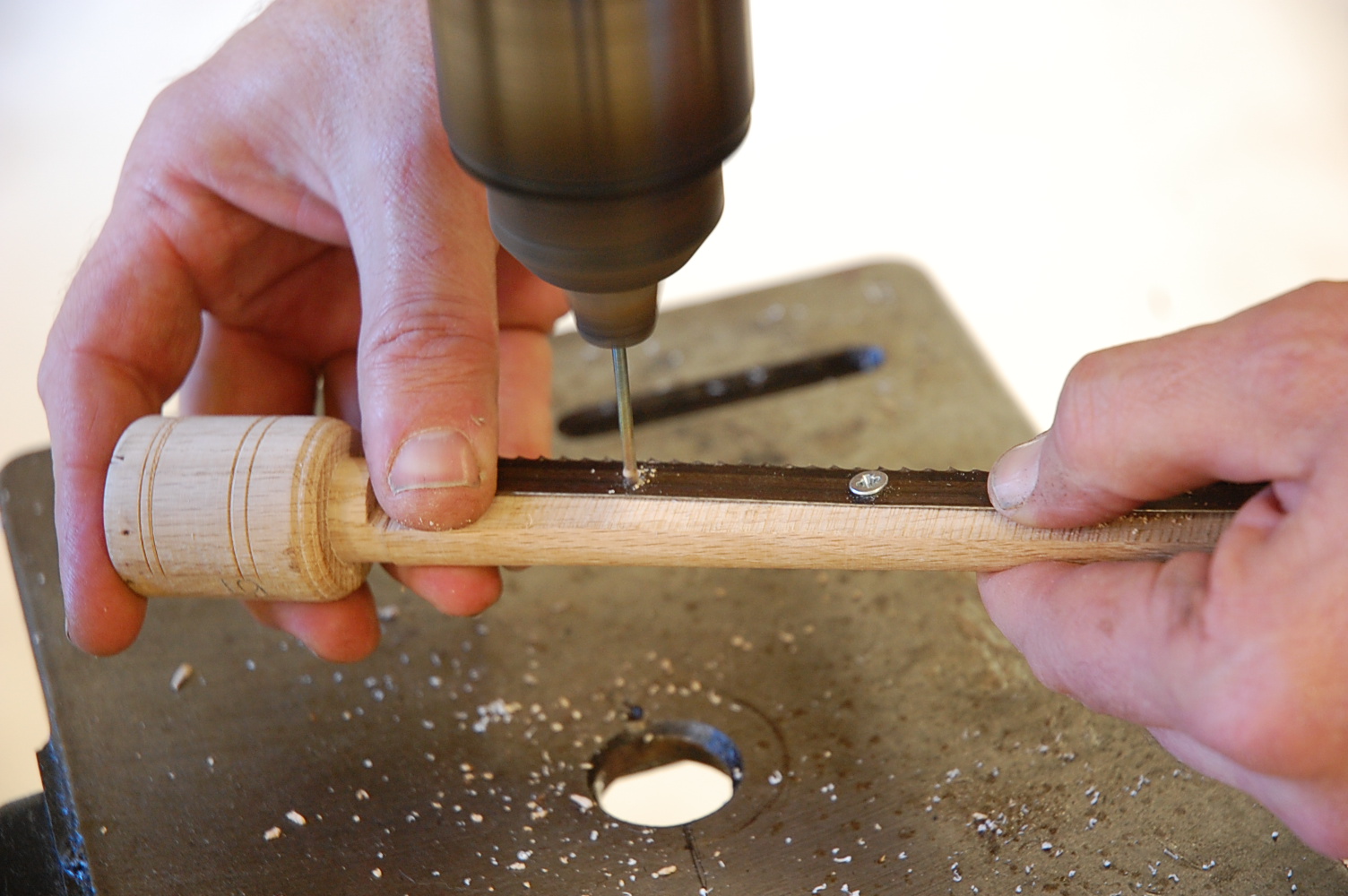I am interested in making a one off tapered reamer but don't have a metal lathe.
I believe the general reason why you shouldn't turn metal on a wood lathe is the speed is wrong and that the force would put an unhealthy amount of strain on the bearings.
I was thinking though, if you used a grinder, taking only light passes with some sort of carriage jig, would you overcome the given issues? I have a union graduate lathe so its more robust than say a mini benchtop lathe.
One concern id have is that the grinding disc would erode, making the final shape not match your jig setup. I'm sure that could be overcome though by making sure your final touch up passes are done with a well set up disc.
Does anyone have any thoughts?
Thanks
I believe the general reason why you shouldn't turn metal on a wood lathe is the speed is wrong and that the force would put an unhealthy amount of strain on the bearings.
I was thinking though, if you used a grinder, taking only light passes with some sort of carriage jig, would you overcome the given issues? I have a union graduate lathe so its more robust than say a mini benchtop lathe.
One concern id have is that the grinding disc would erode, making the final shape not match your jig setup. I'm sure that could be overcome though by making sure your final touch up passes are done with a well set up disc.
Does anyone have any thoughts?
Thanks


































